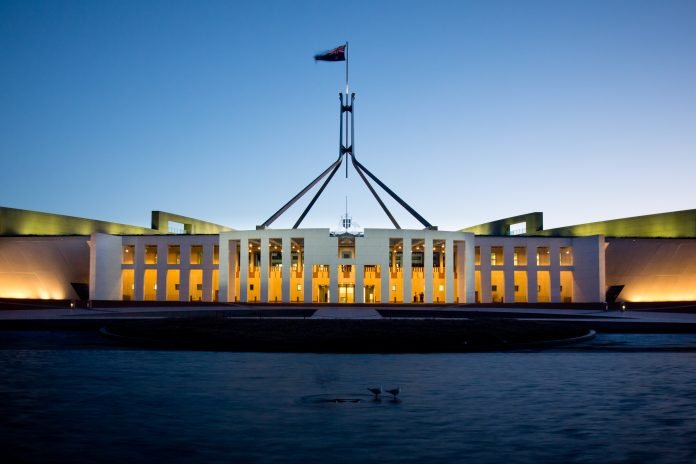The government has launched its first-ever National Nursing Workforce Strategy, a significant effort to strengthen the country’s nursing workforce and enhance health and aged care delivery. The strategy, focuses on four core priorities: Value, Plan, Design, and Deliver.
It seeks to uplift the nursing profession, improve workforce planning, and design a sustainable system to meet community healthcare needs. Consultation is open until midnight October 20…Further details and to have your say.
Key elements of the strategy emphasise leadership development, cultural safety, and diversity within the profession. It also advocates for innovative models of care and the importance of establishing a climate-resilient health system. One of the most critical challenges the strategy addresses is the recruitment and retention of nurses, particularly in rural and remote areas, which have long faced shortages of healthcare professionals.
Baseline projections at a national level and across all sectors show an undersupply of 70,707 full-time equivalent (FTE) nurses.
The successful implementation of the strategy will require close collaboration among governments, healthcare employers, educational institutions, and the nursing profession. A governance body will oversee its progress. Built on extensive research and consultation, the strategy aims to align nursing supply with Australian communities’ healthcare needs while ensuring career development, supporting positive work environments, and fostering a sustainable workforce.
Particular attention is being given to growing the Aboriginal and Torres Strait Islander nursing workforce and leveraging emerging technologies to advance the profession. Success will be measured by improved retention rates, diverse leadership, and ensuring that nurses can operate to their full scope of practice.
Gaps and criticism: A lack of practical solutions
However, the release of the draft strategy has prompted criticism for what some see as gaps in addressing fundamental issues. The draft reportedly fails to offer specific plans to increase nurse graduate numbers and lacks substantial discussion on why more nurses are leaving the profession. Migration, another vital component of the workforce, is also scarcely mentioned.
Most of the recommendations in the draft have been criticised as “motherhood statements”—general aspirations like enabling nurses to work to their optimal capacity across all settings—without providing clear, actionable steps. Despite the promise of bolstering the profession, concerns linger that the strategy lacks a concrete roadmap to address what is essentially seen as a “solvable problem.”
Some experts argue that increasing the supply of nurses is a production challenge that can be tackled in the medium term, and that it has direct implications for both the cost and quality of healthcare services.
“There’s been at least a year to work on this, and it’s reasonable to expect a more practical, detailed plan,” said a health industry observer.”
While acknowledging that there is no “magic bullet,” critics argue that the issue can be addressed and resolved with dedicated effort. The need now, they say, is for a practical roadmap that transforms these strategic objectives into real-world outcomes.
Australia’s nursing workforce has long been recognised as central to the country’s healthcare system, and this new strategy is seen as a pivotal opportunity to safeguard its future. But whether it will deliver the necessary solutions remains to be seen.










